Geoffrey Beausoleil
- Name
- Geoffrey Beausoleil
- Institution
- Idaho National Laboratory
- Position
- Nuclear Fuel Engineer
|
"Effect of Al addition to the multi-principal elemental AlxCrFeNiCu alloy system in terms of the resulting microstructure and ion irradiation response"
Geoffrey Beausoleil, Saikumaran Ayyappan, Jenny S Forester, Farida Selim, Djamel Kaoumi,
Journal of Alloys and Compounds
Vol. 1031
2025
Link
Recently, high-entropy alloys (HEAs) and multi-principal elemental alloys (MPEAs) have attracted attention as potential new structural materials for in-core nuclear reactor applications, thanks to their structural stability and excellent mechanical properties. However, their multi-phase microstructural behavior under irradiation requires further attention, as it is crucial for understanding the irradiation behavior of the alloys. The current work compares the radiation behaviors of the Al0.3CrFeCuNi (0.3Al) and Al0.8CrFeCuNi (0.8Al) alloys, which were prepared via spark plasma sintering and then irradiated in situ in a transmission electron microscope (TEM) using 1-MeV Kr+ ions and up to 10 displacements per atom (dpa) at room temperature (RT) and at 300°C. Pre-irradiation characterization of the alloys was performed using x-ray diffraction (XRD) and transmission electron microscopy, revealing the formation of major proportions of (face-centered cubic [FCC] + body-centered cubic [BCC]) phases. A higher Al content spurred transformation from the FCC phase to the BCC phase and sparked the formation of ordered phases. While the alloy containing 0.3Al (FCC) exhibited irradiation-induced ordering at both RT and at 300°C, the 0.8Al alloy showed irradiation-induced disordering of the ordered phases at 300°C. The pre- and post-irradiation transmission electron microscopy experiments evidenced how variations in local chemistry and microstructural features in these MPEAs affect the local response to irradiation (at the nm/µm level). This study provides an overview of how structurally and chemically different phases in MPEAs react when under irradiation, affording crucial knowledge for understanding the irradiation resistance of the alloys. |
| "Fission product distribution analysis in Zr lined U-Mo fuels using transmission electron microscopy and atom probe tomography" Nicole Rodriguez Perez, Sobhan Patnaik, shehab shousha, Mukesh Bachhav, Luca Capriotti, Benjamin Beeler, Geoffrey Beausoleil, Maria Okuniewski, TMS 2025 Annual Meeting March 23-27, (2025) |
| NSUF awards 24 Rapid Turnaround Experiment proposals - Approximately $1.42M has been awarded. Wednesday, February 8, 2023 - Calls and Awards |
Analysis of FCCI and phase decomposition on Zr-lined U-10Mo specimens using Transmission Electron Microscopy and Atom Probe Tomography - FY 2024 RTE 2nd Call, #24-4978
Advanced characterization of irradiated FAST aLEU U-Mo rodlets using Transmission Electron Microscopy and Atom Probe Tomography - FY 2024 RTE 2nd Call, #24-4952
About Us
The Nuclear Science User Facilities (NSUF) is the U.S. Department of Energy Office of Nuclear Energy's only designated nuclear energy user facility. Through peer-reviewed proposal processes, the NSUF provides researchers access to neutron, ion, and gamma irradiations, post-irradiation examination and beamline capabilities at Idaho National Laboratory and a diverse mix of university, national laboratory and industry partner institutions.
Privacy and Accessibility · Vulnerability Disclosure Program

